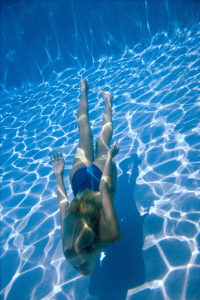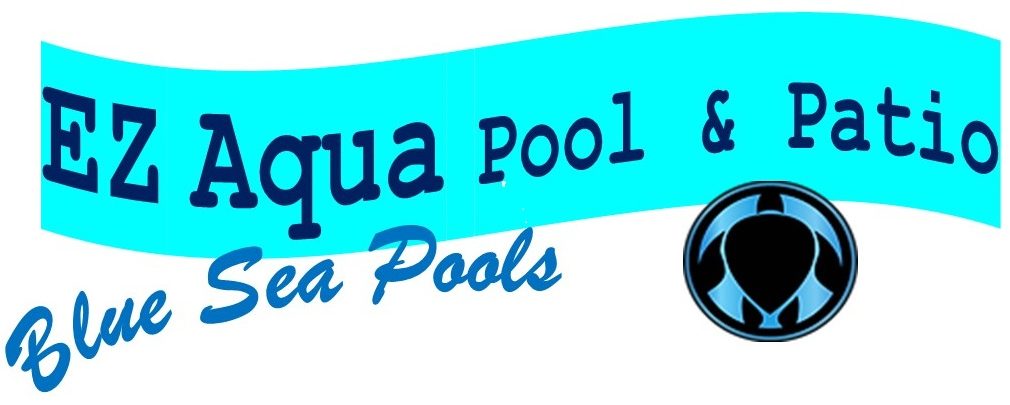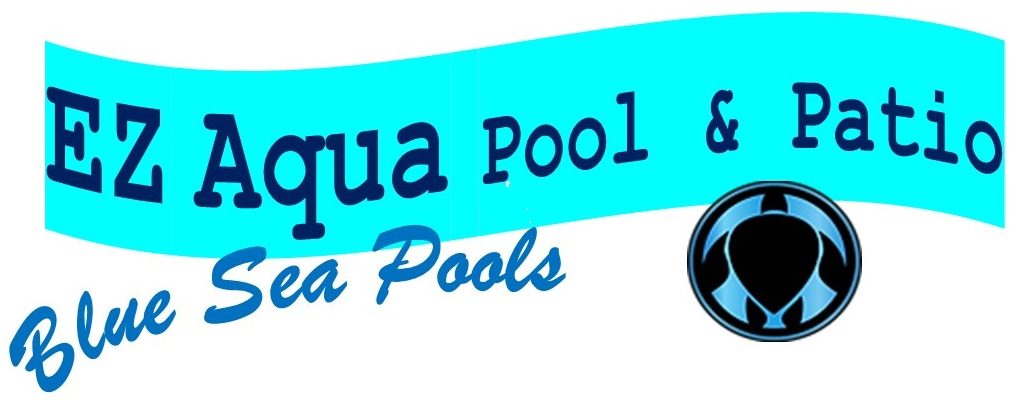
Pool Water balancing is not dificult. Basically it is the relationship between different chemical in your swimming pool water. The water in your pool is always changing. Weather, oils, dirt and cosmetics will affect your water in your swimming pool.
Most people will not change out the the water for many years. Eventhough filtration removes contaminants it does not balance your water. Proper balance has proper levels of pH, Total Alkalinity, and Calcium Hardness.
This concept of water balance comes from the fact that water dissolves and hold minerals until it becomes saturated.
When water is less than saturated it is in a corrosive. When water is over saturated and can no longer hold the minerals in solution; it then scales. So then, balanced water is that which is neither over or under-saturated.
Any good discussion on pool water balance would certainly cover some definitions on pH, Total Alkalinity and Calcium Hardness levels in pools.
pH
pH is a measure of how acidic or basic the water is. pH is a scale from 0-14, with 7 being neutral. Below 7.0 and a substance is defined as being acidic, while levels above 7 are said to be basic or alkaline. Everything that enters your pool has a pH value. The human eye at a pH value of 7.4, is just slightly basic. This is in range with proper pH levels for your pool. To have pH in balance we adjust the water with additions of pH increasers (bases) or pH de-creasers (acids) to achieve the range of 7.2 – 7.8.
If your testing (recommended daily) of the water shows a pH value below 7.0 the water is in a corrosive (acidic) condition and you will need to add a base to bring the pH into a more basic range to prevent corrosion. It doesn’t take too long for a low pH condition to weaken vinyl, strip heat exchangers and pit plaster. Conversely, if the pH is above 7.8, we are in a scaling (basic) condition and must add an acid to bring down the pH to prevent the formation of scale or calcium deposits on our tile, in the filter, or even precipitation out of solution into a cloudy water condition.
Total Alkalinity
The level of alkalinity in the water is a measurement of all carbonates, bicarbonates, hydroxides, and other alkaline substances found in the pool water. pH is alkaline dependent; that is, alkalinity is defined as the ability of the water to resist changes in pH. Also known as the buffering capacity of the water, alkalinity keeps the pH from “bouncing” all over the place. Low alkalinity is raised by the addition of a base (similar to pH); sodium bicarbonate is commonly used. High levels of alkalinity are lowered by the addition of an acid (similar to pH).
An important aspect of water balance, alkalinity should be maintained in the 80-120ppm range for “gunite” and concrete pools and 125-170ppm for painted, vinyl, and fiberglass pools. Levels should be tested weekly. Follow package label for treatment guidelines
Calcium Hardness
Calcium carbonate which has come out of solution and deposited itself on surfaces. It is a combination of carbonate ions, a part of total alkalinity and calcium, and a part of the Calcium Hardness level. The test for Calcium Hardness is a measure of how “hard” or “soft” the water is. “Hard” water can have high levels of calcium and magnesium. If these levels are too high, the water becomes saturated and will throw off excess particles out of solution which then seeks to deposit themselves on almost any surface inside the pool. They can be attracted to ladders, lights and in extreme cases deposit themselves as very small crystalline clumps – all over the pool surfaces. Calcium Carbonate scale; a “white-ish,” crystallized rough nodule.
If the Calcium Hardness levels are too low, the water is under-saturated. If under-saturated, the water will become aggressive as it attempts to obtain the calcium it needs. Such “soft-water” will actually corrode surfaces inside the pool which contain calcium (like pool plaster) and other minerals to maintain its hardness demand.

